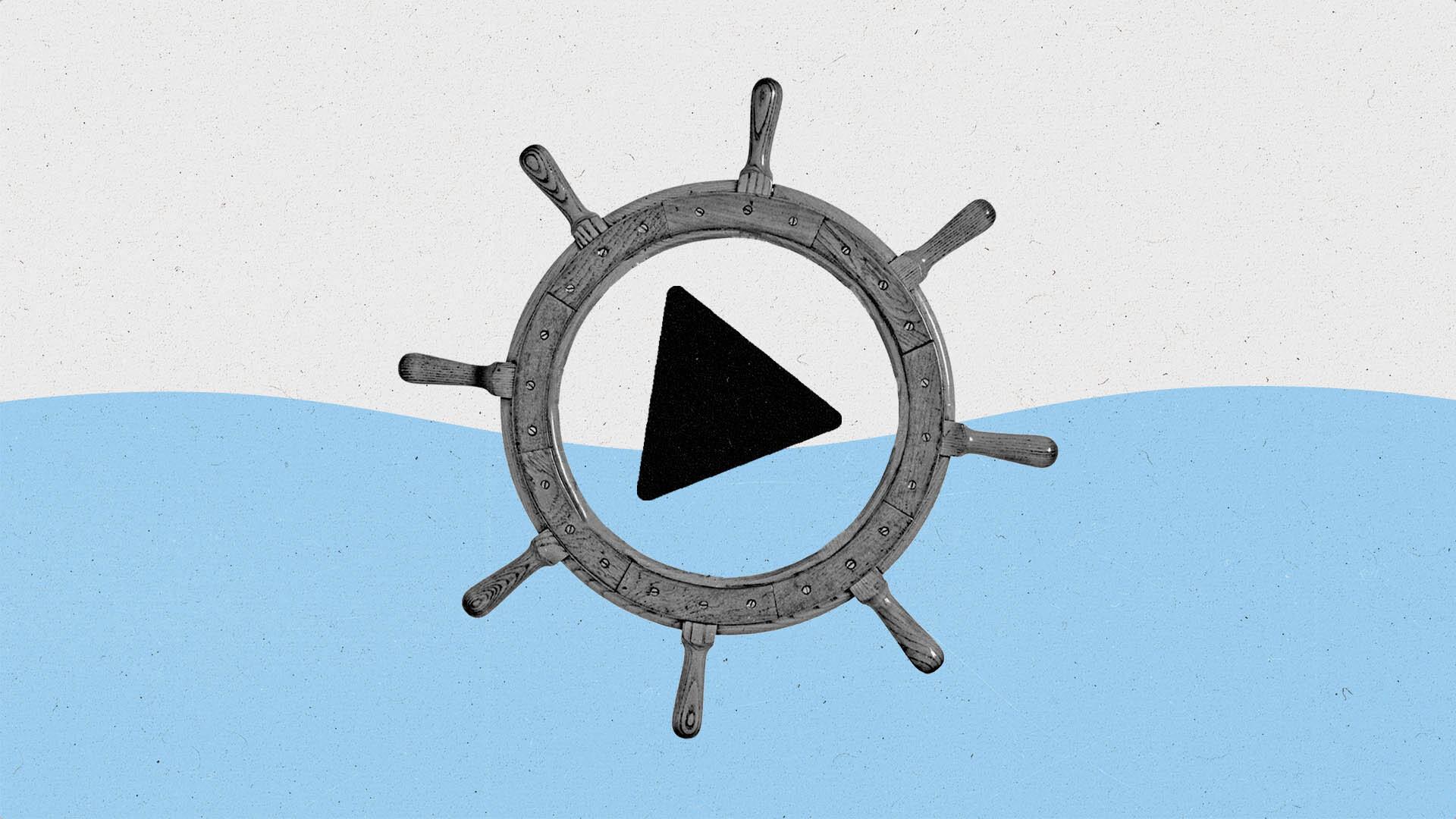The new competitive moat: Why micro audiences are the future of brand power

Competitive advantage used to mean having a unique and tangible offering — whether price, features, mass appeal or broad distribution. If a brand could nail just one of those, its chances of success would be pretty good. But that is the old playbook. The fragmentation of media has leveled the playing field.
Today, any brand can reach millions of people with a single post, and there are countless competitors offering very similar products, often at lower prices. So, how do brands stand out and grow?
The answer lies in going deeper, not wider.
Today’s brands can grow by being relevant — deeply understanding distinct consumer needs and cultural nuances. It’s not about casting the widest net; it’s about casting a precise, targeted net to reach the right consumer. Brands no longer need to be for everyone; they need to become essential to someone. This way, brands can build communities that convert into loyal audiences. That’s the new competitive advantage.
Fragmentation should not be viewed as a roadblock. Instead, it should be seen as an opportunity. At one time, it signaled inefficiency. Today, micro communities are where culture is being shaped. Consumers belong to multiple, highly specific communities based on interests and values. What’s more, they don’t fit single demographic molds, but psychographic ones, shifting behavior based on both internal and external factors like economic mood and personal attitudes.
Take sportswear. Challenger brands have recognized that micro communities are the future. They’re outperforming legacy brands by zeroing in on niche groups. Why would a runner choose generic athletic gear when they can get something purpose-built for their specific sport, lifestyle and mindset? The same applies to other sports like golf, cycling and beyond. You see legacy brands losing their market share and fandom to smaller, challenger brands that are hyper-focused on their micro communities.
When you start small and specific, instead of trying to reach the masses, you can meet your audience with precision and deliver substantial value. These communities won’t just be loyal customers, they’ll become your brand ambassadors and biggest cheerleaders. When a few smaller groups are served well, it creates a ripple effect. That’s how brands scale today.
This shift requires a new mindset. The approach can no longer be top-down, it needs to be reversed to be bottom-up. These micro communities may not look like one large audience, but together, they create real value and fierce loyalty.
Gen Z is driving this shift. They’ve led the charge in buying from brands that resonate with them, not just buying because of legacy or logo. Emotional connection trumps heritage or brand recognition. Gen Z has more options than any generation before them, and they use that power to support brands that align with their values and beliefs.
This isn’t a static playbook. You can convey different things to different micro audiences, as long as it ladders up to your brand’s true north.
Patagonia is the clearest example of this. For some, it is performance gear for outdoor activities. To others, it signals environmental activism. Their Worn Wear program allows people to trade in old or damaged Patagonia items, which the brand then refurbishes and resells, reducing waste.
For some folks, this is a brilliant way to help preserve the planet. For others, it’s about product durability and performance. If a customer isn’t satisfied with a Patagonia product at purchase or if it does not perform to their satisfaction, they can return it for a repair, replacement or refund. This policy applies to any Patagonia product, new or used, and there’s no set time limit. Never straying from their purpose, Patagonia connects seamlessly with multiple smaller communities that remain fiercely loyal. This isn’t a marketing gimmick; it is a lasting ethos.
So how can marketers effectively take this shift and capitalize on it?
Think beyond traditional demographics. Age, gender, income and geography don’t explain why people buy. People buy based on lifestyle, behavior, values and intent. Brands need to dig deeper into what truly drives consumer behavior.
Start thinking in terms of behavioral groups. A 22-year-old woman from New York and a 47-year-old man from Georgia may not share a demographic, but if both are training for their first marathon, they share a behavioral driver. A traditional model would miss that. Smart marketers won’t.
Want to reach adventurous spenders? Inspire them. Targeting frugal buyers? Then focus on proof points and the value your product offers. Each audience brings its own nuances, challenges and differing approaches. With each group comes new opportunities to be creative and deliver real value.
The bottom line: Fragmentation isn’t fragmentation. It’s segmentation with purpose. It’s a new growth engine. And it’s how brands will build moats in the years to come.
This op-ed represents the views and opinions of the author and not of The Current, a division of The Trade Desk, or The Trade Desk. The appearance of the op-ed on The Current does not constitute an endorsement by The Current or The Trade Desk.